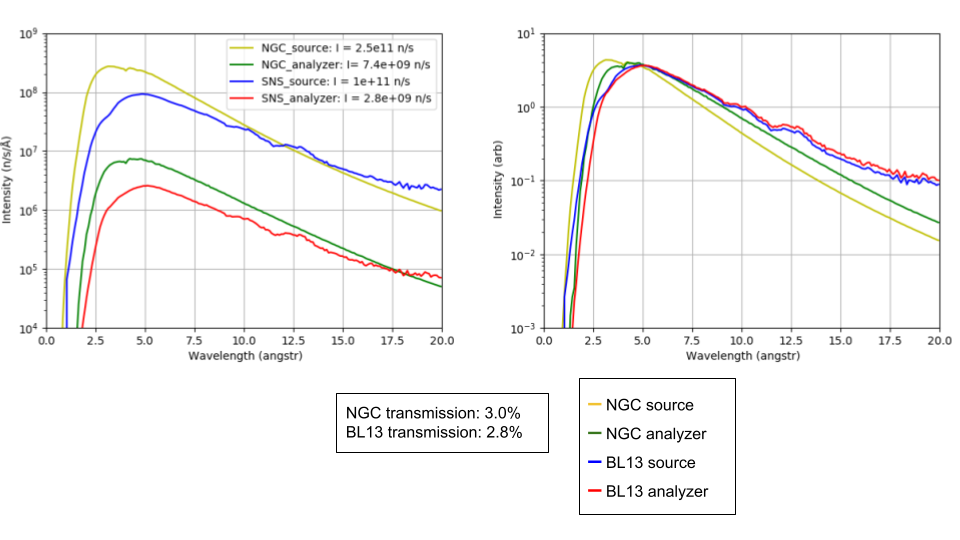Hi. My name is Harry Nelson. I am a rising senior majoring in Physics with a minor in Business. This summer, I am doing research in collaboration with Professor Crawford and the Neutron Spin Rotation (NSR) group to determine if there is a new “5th force”.

In our universe, scientists have only been able to detect four forces; gravity, electromagnetism, strong nuclear force, and weak nuclear force. Since 1935, these four forces have been able to explain almost everything we know about the universe. However, when scientists measured the rotational speed of galaxies, and using our understanding of physics and the gravitational forces at play, they predicted the mass of the galaxy, which is bigger than the visible mass. This has led many to speculate that there is some mass that we are not able to measure yet. Theorists are proposing lots of theories, one of which includes very weak forces and their associated very light particles.
Unlike protons and electrons, isolating neutrons requires either a nuclear reactor or a spallation neutron source. While a nuclear reactor generates neutrons from fission (splitting nuclei), a spallation neutron source uses a high energy proton beam to strike an object (usually a very dense metal i.e. tungsten), producing 10-20 neutrons per proton. In order to run experiments and tests on neutrons in the United States, you would have to go to a national laboratory in order to do these tests. Originally, the NSR collaboration planned to run these experiments at the National Institute of Science and Technology (NIST) using their NG-C beamline on the NCNR reactor. However, due to complications with the reactor, they are considering running the experiments at Oak Ridge National Laboratory using their BL-13 beamline at the Spallation Neutron Source (SNS).
The NSR apparatus first polarizes the neutrons, allowing only those whose spin is oriented upwards continue down the beamline. Next, they go through wave guides before reaching the target zone, which hopes to induce the 5th force to act upon the neutron. After that, the neutrons go through another polarizer, and then enter a detector. By changing conditions of the apparatus, we can determine how much the neutron spin rotates in the target.

Figure 1: Top-down diagram of the NSR apparatus
I am running simulations of our apparatus using McStas, a neutron simulation program. To use it, you place different machine components and monitors together using their library. Next, the program compiles itself into C, and from there you can run it. By changing the neutron source from the NG-C beam to the SNS beam, I can compare the two and see how the experiment will be affected by the change.
Figure 2: What the apparatus looks like when simulated
Using the energy, we can determine the speed of the neutron, as well as the wavelength. Not all of the neutrons will make it to the end, however. Each time a neutron hits a wall, there is a chance that the neutron will pass through the wall of the waveguide and be lost. This chance depends on the speed and angle of the neutron, where a neutron with a high speed and/or a large angle (relative to the wall) has a smaller chance of making it down the beamline than a neutron with low speed and/or an angle more parallel to the wall. As shown on the graphs, while the BL13 beam does have neutrons that are slower, it has a larger exiting angle, such that only 2.8% of neutrons make it to the detector, while 3.0% of NGC neutrons make it to the detector.

Figure 3: Left: Intensities of each beam at the source and at the end of the simulation. Right: Intensities normalized

Figure 4: Angle distribution for NG-C beamline

Figure 5: Angle distribution for BL-13 beamline
By discovering and documenting how the NG-C and BL-13 beamlines act differently in our apparatus, I am helping the NSR collaboration decide whether or not they want to move the apparatus from NIST to Oak Ridge.
